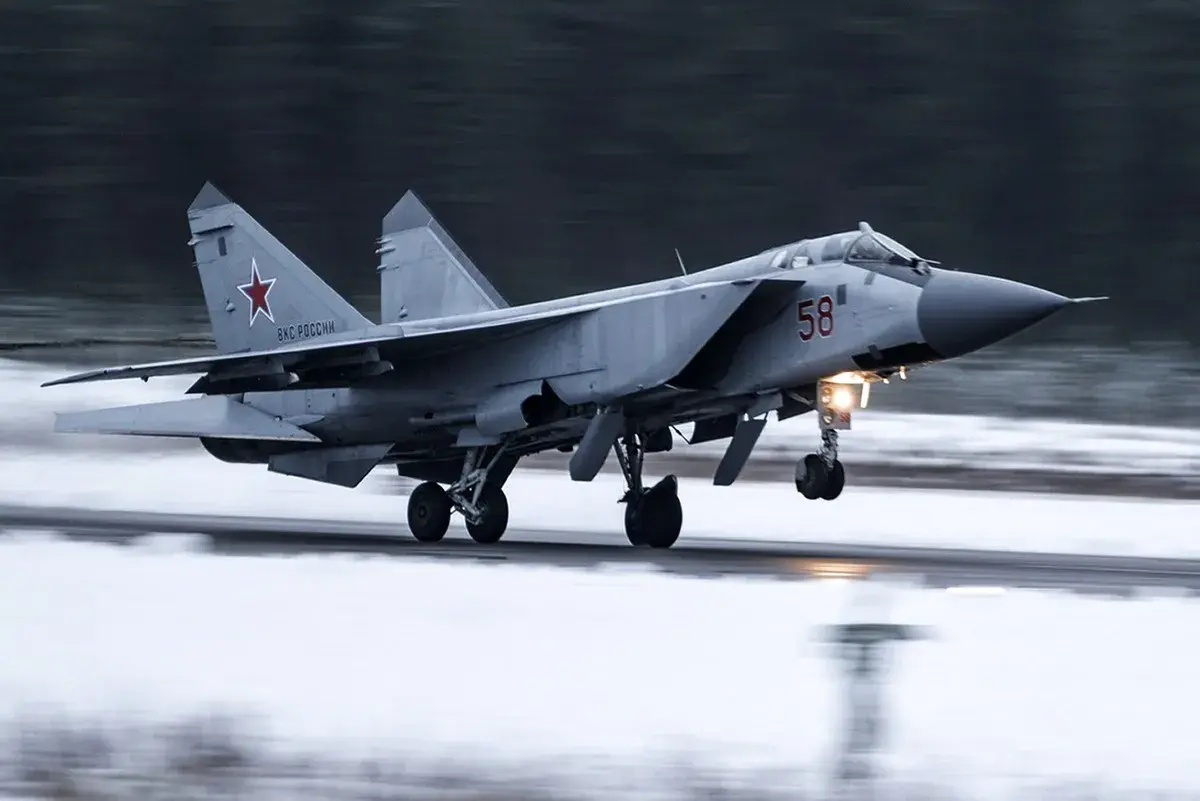By Ellie Cook
Copyright newsweek

NATO members should not shoot down Russian fighter jets that breach alliance airspace, the former head of one of NATO’s two strategic commands told Newsweek.
Estonia, a Baltic NATO member on Russia’s border, said last month that three Russian fighter jets breached its airspace for 12 minutes in what its military described as the fourth violation of Estonian airspace by Russian aircraft this year.
Several European nations have reported drone incursions in recent weeks, including multiple drones around Danish military bases. Denmark said it could not rule out Russia’s hand, although Moscow denied involvement. About 20 drones crossed over into Poland, another NATO member, in September. Russia said it did not deliberately target the country on the alliance’s eastern flank.
U.S. President Donald Trump has said he will agree with NATO countries shooting down Russian aircraft in their airspace. It’s “on the table,” Ursula von der Leyen, the president of the European Commission, the European Union’s executive arm, later said.
“The biggest challenge for NATO is to keep its nerve,” Jean-Paul Paloméros, a retired French Air Force general and former Supreme Allied Commander Transformation, told Newsweek. Russia would love for NATO nations to shoot down one of their aircraft, he said. “NATO shouldn’t do that.”
In this photo provided by the Russian Defense Ministry’s press service on February 14, 2022, a MiG-31 fighter of the Russian air force takes off at an air base during military drills in Tver region, Russia.
NATO’s Allied Command Transformation is headquartered in Norfolk, Virginia, and is responsible for planning future NATO operations and training across the member countries. The Belgium-based Allied Command Operations is headed by U.S. Air Force General Alexus Grynkewich, the Supreme Allied Commander Europe.
“NATO must keep ready to act, but not to overreact,” Paloméros said. While the alliance should “show its muscles,” including by quickly scrambling fighter jets to respond to any violation of airspace, it should not target manned aircraft, he said.
Russian President Vladimir Putin “is really testing,” Paloméros added.
Estonia’s defense forces said the three Russian MiG-31 jets that breached its airspace on September 19 did not have flight plans and did not have their transponders activated as they traveled close to Vaindloo Island, north of the mainland. Italian F-35 stealth aircraft stationed in Estonia as part of NATO’s efforts to protect Baltic skies responded to the breach, Tallinn said.
Russia’s Defense Ministry said the three aircraft departed the Russian republic of Karelia, which borders Finland, and headed on a “scheduled flight” to the Russian exclave of Kaliningrad. The strategic territory, wedged between NATO members Lithuania and Poland, sits on the Baltic Sea.
Then-Supreme Allied Commander Transformation General Jean-Paul Paloméros addresses the media at NATO headquarters in Brussels on January 22, 2015.
Moscow said the aircraft traveled “in strict accordance with international airspace rules, without violating the borders of other states.”
“The aircraft’s flight path lay over the neutral waters of the Baltic Sea, more than three kilometers from the island of Vaindloo,” the Russian government said.
MiG-31s are able to carry both nuclear and conventional weapons, including the hypersonic Kinzhal missile used against Ukraine for the more than three and a half years of Russia’s full-scale war.
The aircraft did not appear to be heading for Tallinn or any Estonian town, Paloméros said. “That could be a mistake,” he added, suggesting that less stringent training regimens for Russian pilots could play into the incident. There is only a narrow corridor of airspace for Russian aircraft to travel in between St. Petersburg to Kaliningrad, he added.
Kaja Kallas, the European Union’s foreign policy chief and a former Estonian prime minister, described the incident as an “extremely dangerous provocation.”
NATO hinges on an ironclad commitment to what is known as Article 5, the idea that nations will support a fellow member under armed attack with a response they deem appropriate. It is designed to deter attacks on NATO nations through the threat of retaliation from its 32 members, including the U.S.—which possesses a large military and substantial nuclear weapons arsenal.
Estonia said it was requesting Article 4 consultations after the incident. In September, Poland also invoked Article 4, in which NATO member nations come together to discuss “whenever, in the opinion of any of them, the territorial integrity, political independence or security of any of the Parties is threatened.”
According to the alliance, Article 4 has …



